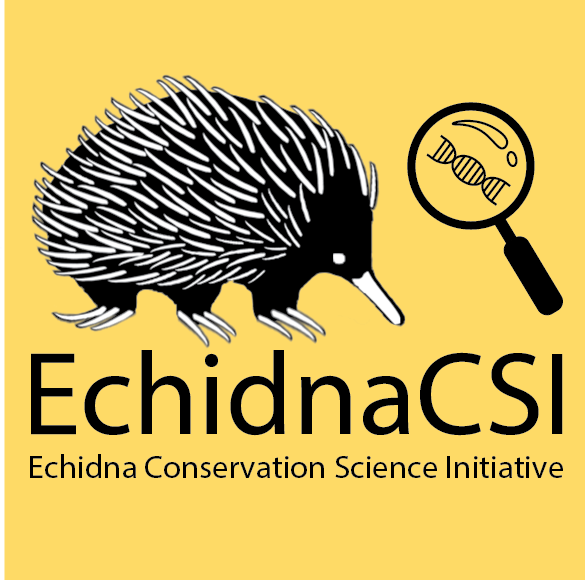Search for Echidna nocturna returned 114 results.
Refine results
Refine results
Section
- Species (71)
- Biodiversity Science project (17)
- Site Page (14)
- Common Name (9)
- Data resource (2)
- Support article (1)
Taxonomic rank
- Species (36)
- Unranked (30)
- Genus (3)
- Subclass (1)
- Subspecies (1)
Image available
- Yes (27)
Taxonomic status
- Accepted (38)
- Synonym (29)
- Heteroptypic Synonym (2)
- Miscellaneous Literature (2)
Conservation status in Australia
- Endangered (1)
- Vulnerable (1)
Conservation status in SA
- Endangered (1)
Conservation status in WA
-
unranked: Muraena echidna (accepted name: Echidna nebulosa)
- Record a sighting
- Synonym
-
unranked: Pulex echidnae (accepted name: Bradiopsylla echidnae)
- Record a sighting
- Synonym
-
unranked: Taenia echidnae (accepted name: Linstowia echidnae)
- Record a sighting
- Synonym
-
unranked: Nicollia echidnae (accepted name: Nicollina echidnae)
- Record a sighting
- Synonym
-
unranked: Isotriphora echina (accepted name: Isotriphora tasmanica)
- Record a sighting
- Synonym
-
unranked: Allolobophora nocturna - miscellaneous literature
- Record a sighting
- Miscellaneous Literature
-
unranked: Leptops echidna planicollis - miscellaneous literature
- Record a sighting
- Miscellaneous Literature
-
Biodiversity Science project: EchidnaWatch
Have you seen an echidna lately? Wildlife Queensland’s EchidnaWatch program is gathering information on the distribution and abundance of echidnas in your area – and we’d like your help. The only species of echidna in Queensland, and Australia – the short-beaked echidna – is one of our most loved and unique animals. With a distribution that extends from Tasmania to the Top End, this ambling adventurer can be found anywhere from the outback to the backyard...

-
Biodiversity Science project: EchidnaCSI
We want to learn more about echidnas! Where they are, what they are doing and if they are healthy - so we can work towards their conservation. How can you help? By taking photos and collecting scats (i.e. poo). Although an iconic native Australian animal, we do not know much about echidnas’ wild populations. The only well studied echidnas are on Kangaroo Island in South Australia, where this population is now listed as Endangered...

-
Site Page: BioCollect update: New look for our data collection tool – Atlas of Living Australia
Posted on 17th May 2022 The ALA’s field data collection system – BioCollect – is getting brand new look. The look and feel will be fresher, cleaner and more intuitive. You can still design your own data collection projects, collect data, share your project with partners, and make the data accessible via the ALA – all in a new design. The new design will be rolled out this May. Visitis https://biocollect.ala.org.au/biocollect-all to get started...